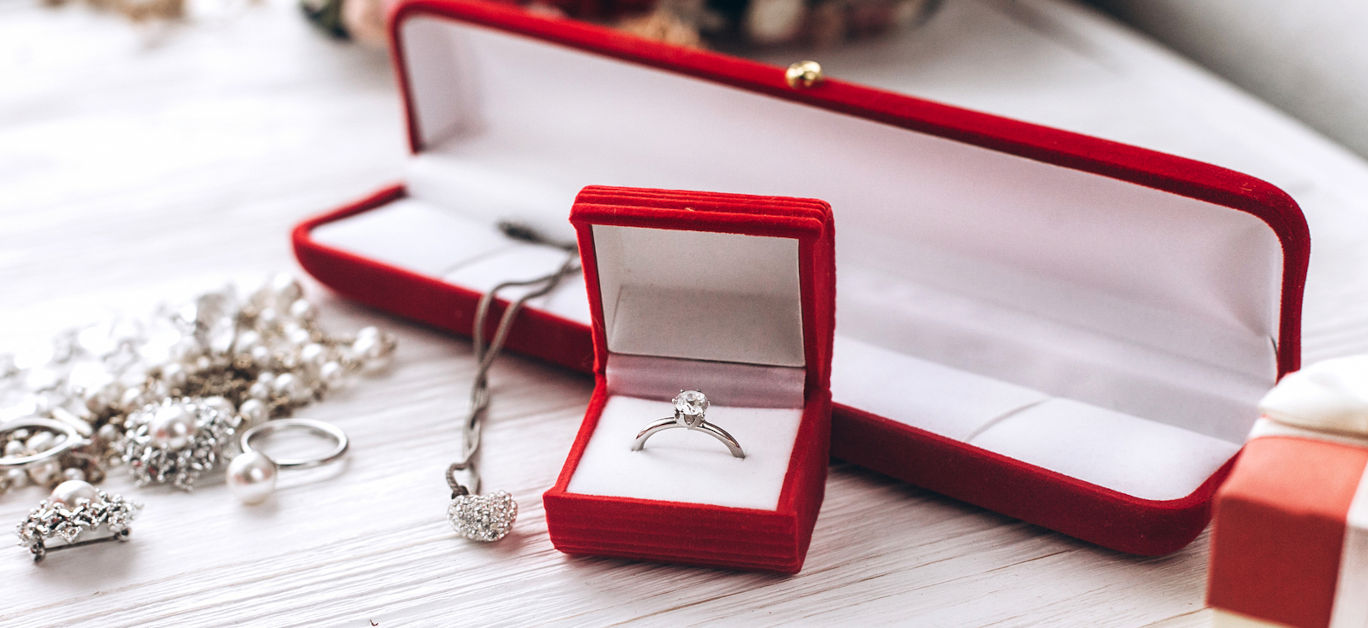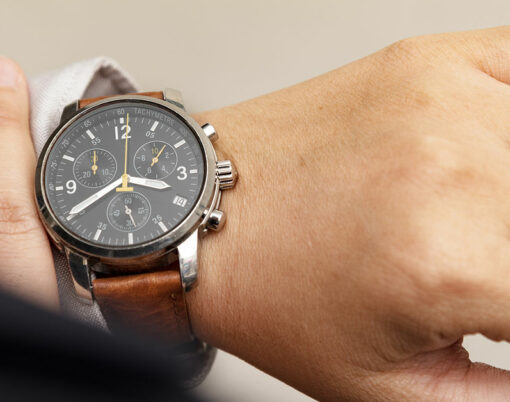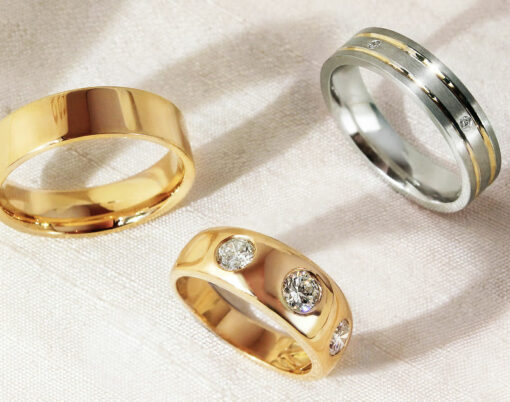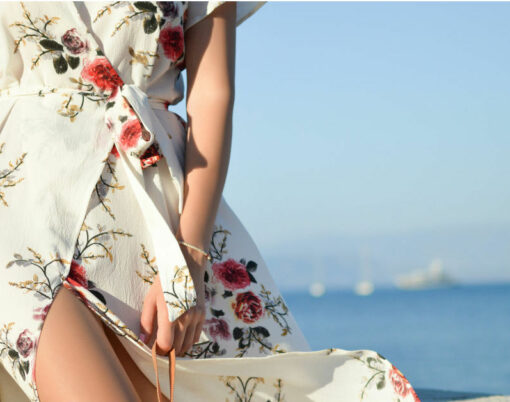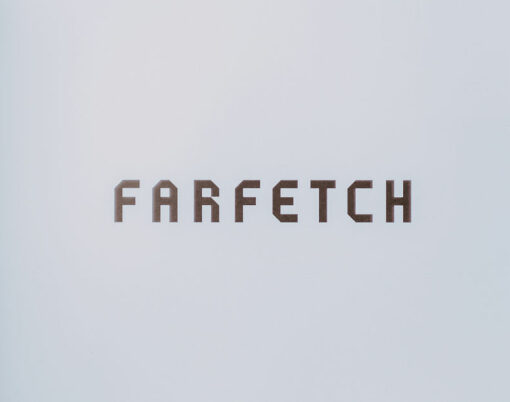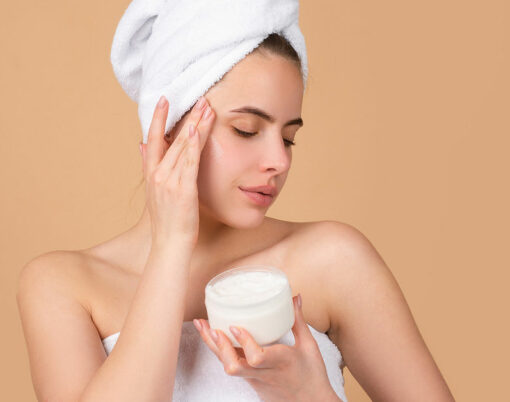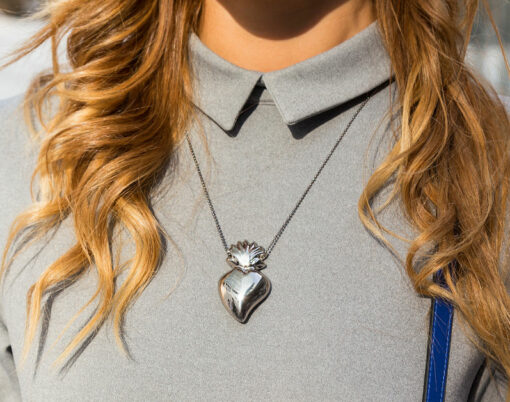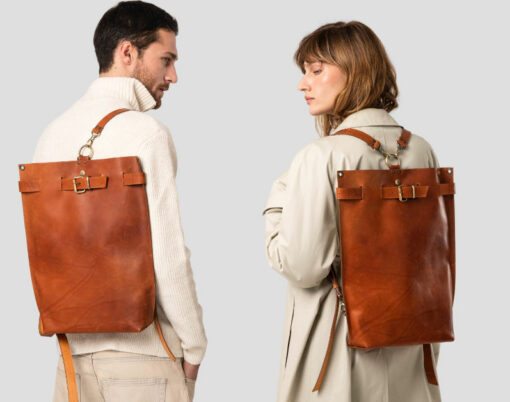Whether you’re a lover of fine jewellery simply for the sake of wearing it, or you’re a collector who sees it as an investment for the future, knowing the value of your rings, bracelets, necklaces and earrings is essential to ensure that you have sufficient insurance cover and that you’ll get their worth should you ever decide to part ways with them.
Even if you’ve never actively purchased an expensive piece of jewellery yourself, you may have acquired some in other ways; perhaps the jewellery box you inherited from your great aunt has a few valuables in it, or maybe that diamond necklace gifted to you by a former partner has significant worth, for example.
However it came into your possession, there are some simple ways to work out a ballpark figure when it comes to value – and you don’t have to be an expert to do it. Is it just costume jewellery or the real deal? Here’s how to assess yours and see what it’s worth today.
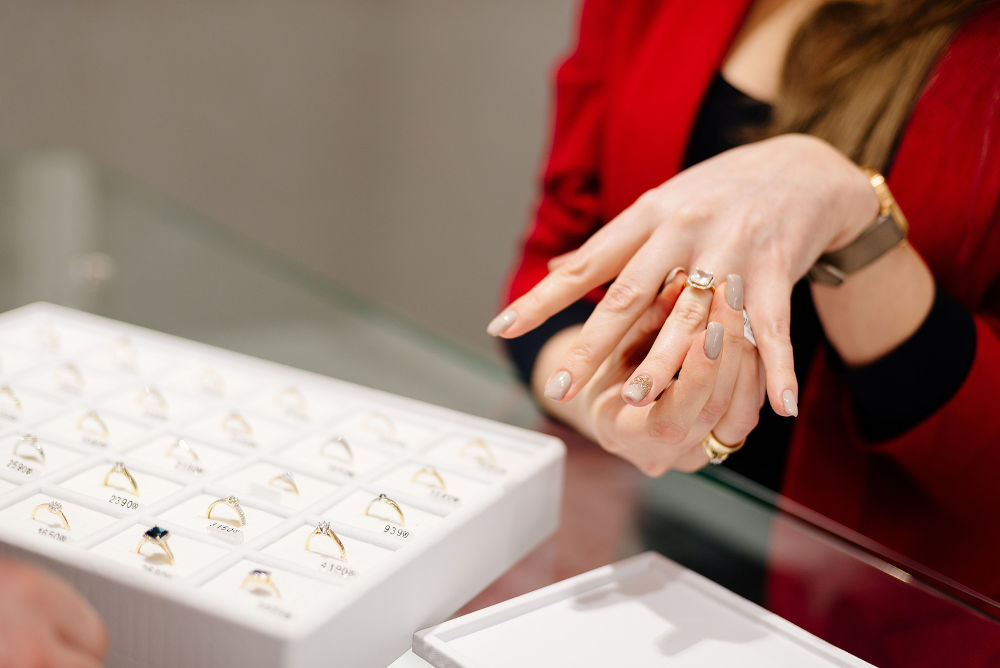
Purity of metals
One of the simplest ways to begin getting an idea of a piece of jewellery’s true value is to determine the quality of the metals used to make it. Check the metal hallmark, which is typically stamped discreetly on each piece – these markings, such as ’24K’ for pure gold or ‘950’ for platinum, indicate the metal’s purity level.
You can check for the stamps using a jeweller’s loupe or magnifying glass, which will allow you to scrutinise the hallmark closely, check for authenticity and determine the percentage purity.
The higher the purity level, the more the item of jewellery in question is worth. Precious metals like gold, silver, and platinum are more valuable because of their rarity and durability, so look out for these during your assessment.
Design and craftsmanship
Next, you’ll want to check for the more intricate details, and look for evidence of expert craftsmanship in your jewellery’s design. This can include things like unique motifs and exquisite finishes, but there are many tiny details to look out for.
Filigree work is one, and is created by twisting and curling fine threads of metal (often gold or platinum) to form delicate lace-like designs. Pavé settings also represent impeccable work – look for small gemstones, typically diamonds, that are closely set together with minimal metal visible, creating a surface that appears to be paved with gemstones.
Intricate interlocking or intertwining elements, such as braided metalwork, woven patterns, or knot motifs, and repoussé and chasing – both techniques used to create dimensional designs and relief patterns on metal surfaces – are also tell-tale signs that your piece of jewellery might be more valuable than first thought.
Note the precision of settings, the symmetry of gemstone placements, and the overall balance of design elements.
Many renowned designers and master artisans contribute to the creation of high-end jewellery pieces through unique and intricate designs, which showcases their skill and artistry and often adds a considerable amount to the price tag of such items, whether brand new or pre-loved.
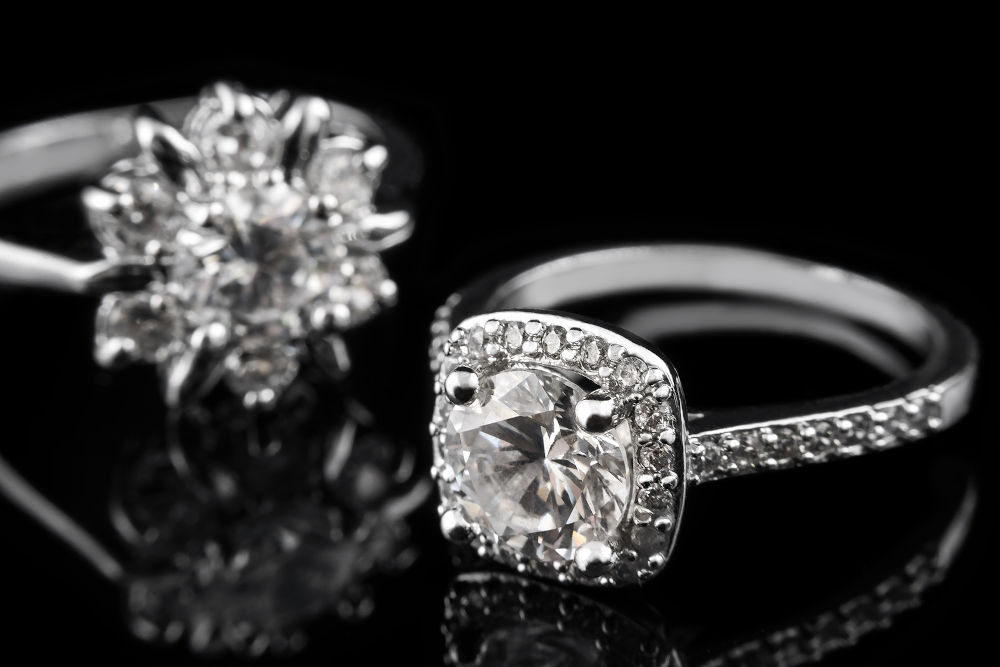
Gemstone quality
If your piece of jewellery features gemstones, the quality of these will also go a way towards determining its value. You can evaluate the gemstone’s quality using the ‘Four Cs’ – cut, colour, clarity and carat weight.
This criteria determines the gemstone’s overall beauty and value, and is especially relevant for diamonds, but it can be applied to gemstones of all kinds. High-quality gemstones exhibit vibrant hues, exceptional clarity, precise cuts, and substantial carat weights.
It is important to note that synthetic gemstones and imitation materials such as moissanite rings may resemble their natural counterparts, but they lack rarity and intrinsic value.
If you want a professional opinion, then pay a visit to a gemological laboratory or a certified gemologist, where you’ll be able to get detailed assessments of gemstone quality and offer expert insights and recommendations.
Hallmarks and maker’s marks
Hallmarks or maker’s marks are also often engraved discreetly onto pieces of jewellery and will tell you the origin, designer, or manufacturer. These stamps are a sign of authenticity and rarity, which make items desirable and thus, enhances their worth.
Examples of these marks include PT or PD, which indicate that the metal is platinum or palladium, and 950, which shows it is 95 percent pure platinum. It may also have the maker’s mark, for example, BVLGARI or Cartier.
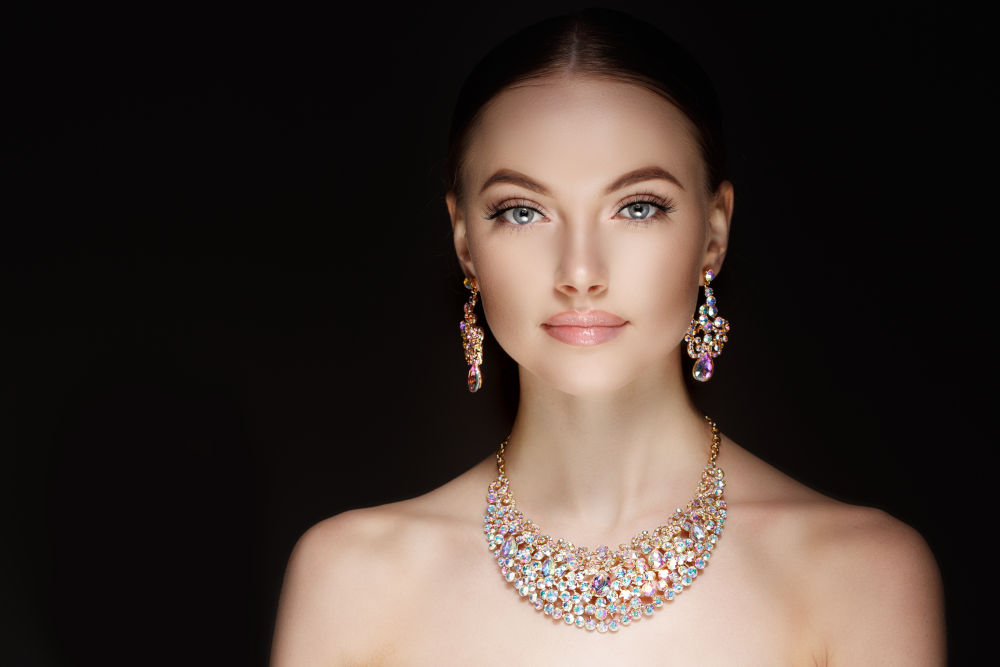
Condition
The overall condition of any piece of jewellery is of course important, too – if it hasn’t been well looked after and is scratched or damaged then this can significantly impact upon what you could hope to get for it should you choose to sell.
Well-maintained pieces with minimal blemishes and alterations typically hold a higher value – not just because they still look pristine, but because it also tends to mean they are made from durable and high-value metals and stones like gold and silver and diamonds.
If in doubt, visit a jewellery repair professional or appraiser who can assess and advise on the condition of the piece and offer recommendations for restoration or maintenance if you’re keen to get it back to its best.
Age and rarity
Investigate the age and rarity of your jewellery, as both of these can impact upon value. Look for historical significance, provenance, and production scarcity, all of which will mean it is worth more – you can do this by researching historical eras, jewellery trends, and production techniques, which will help you to contextualise the piece within its period.
Vintage jewellery often features design elements and motifs characteristic of specific historical eras – for example, art déco jewellery from the 1920s and 1930s typically incorporates geometric shapes, bold colours and intricate metalwork, while retro jewellery from the 1940s often features bold, sculptural designs and patriotic motifs.
Vintage or antique pieces, especially those with unique stories or limited production, hold a timeless allure. Because of this, they may fetch higher prices because of their rarity and collectible nature. It is also important to understand that antique pieces are appreciated and are considered assets, which can further enhance their value.
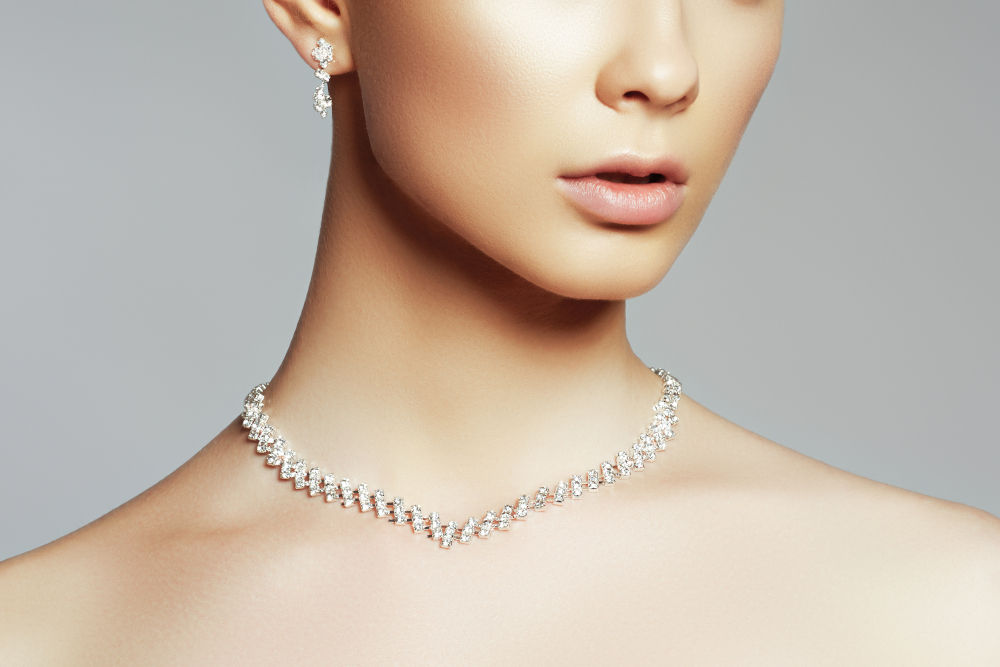
Get a professional appraisal and documentation
Whilst examining your jewellery collection yourself to get a rough idea of each item’s value is a great place to start, seeking a professional appraisal from certified gemologists or jewellery appraisers will give you more accurate numbers. Plus, they’ll also be able to provide you with official documentation detailing the piece’s unique characteristics, authenticity and value.
Schedule an appointment with a reputable appraiser and provide them with the necessary information and access to the jewellery for a thorough assessment. And be sure to keep the official documentation you’re given safe, as it will be essential for insurance and estate planning purposes, as well as establishing the piece’s true market worth.












